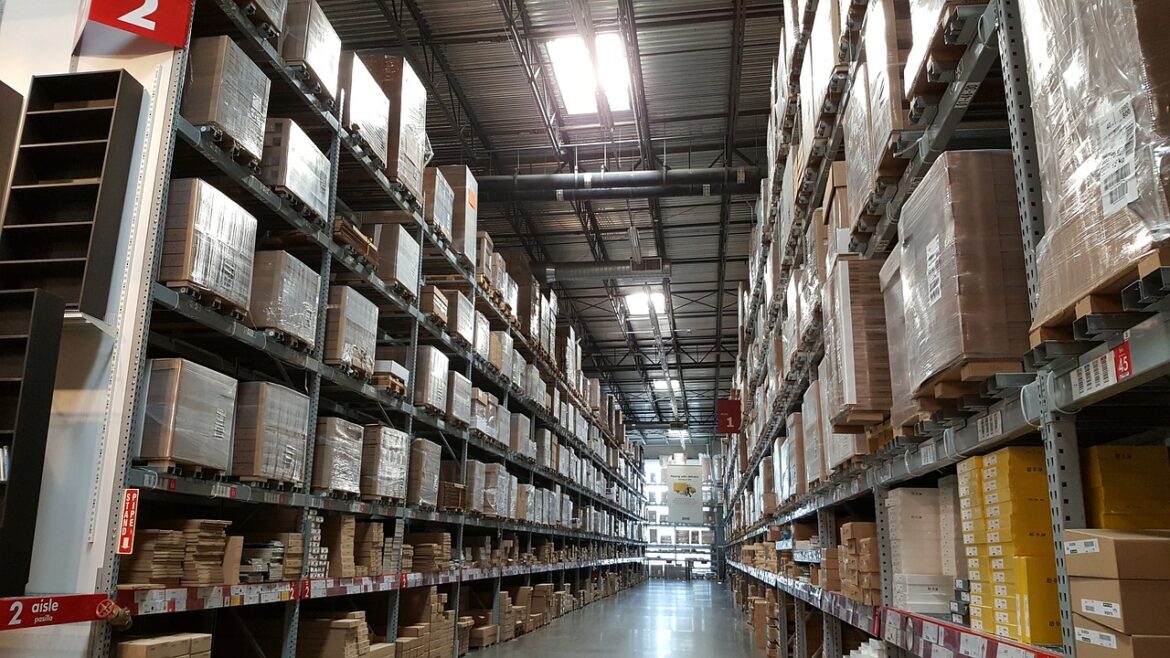Warehouses serve an essential function in the supply chain by facilitating goods from suppliers to consumers efficiently and seamlessly, yet managing one comes with challenges. From maintaining inventory accuracy and optimizing storage space to ensuring efficient order fulfillment, there’s a lot at stake. In this article, we’ll demystify these challenges.
Want to learn more? Check out this blog post from Silo about communication in the warehouse.
1. Inventory management
One of the most common challenges in managing a warehouse is inventory management. Ensuring an accurate record of every item that enters, is stored, and leaves the warehouse is crucial. However, manual counts can lead to errors, while stock discrepancies can lead to overstock or understock situations.
For instance, an inaccurate record may show an item as being in stock when, in reality, it has already been sold. This scenario can cause delayed deliveries and dissatisfied customers.
2. Space optimization
Another common challenge is space optimization. Warehouses must store a large number of items in a limited space while allowing for smooth and efficient operations. This challenge becomes more critical with irregularly shaped items or items that require specific storage conditions.
3. Labor management
Labor management also ranks high in warehouse management challenges. Ensuring that the warehouse is adequately staffed at all times while keeping overtime and labor costs under control requires a delicate balance. There’s also the need to provide the workforce with adequate training and safety measures.
For example, operating a forklift requires special training, and without it, warehouse operations could potentially be unsafe and inefficient.
4. Regulatory compliance
Adherence to regulations is another significant challenge in warehouse management. Compliance with applicable regulations can range from:
- Health and safety standards
- Environmental rules
- Import/export controls
- Import/export permits
Noncompliance can lead to heavy fines or the suspension or cancellation of operating licenses – potentially even the closure of your warehouse.
Something like improper disposal of expired or damaged goods could violate environmental regulations, posing health risks and resulting in severe penalties.
5. Disaster preparedness
Disaster preparedness is a crucial yet often overlooked aspect of warehouse management. Warehouses need to be equipped to handle emergencies like fires, floods, or even pandemics. This includes having appropriate insurance coverage, an effective evacuation plan, and regular safety drills.
A lack of a robust disaster recovery plan could lead to significant losses in the event of a fire.
6. Supplier relationship management
Maintaining positive relationships with suppliers is another common challenge in warehouse management. This involves negotiating contracts, ensuring timely deliveries, and resolving any disputes. A strained relationship with a supplier could cause delays in stock replenishment, adversely affecting the entire supply chain.
A dispute over payment terms could, for instance, lead to a supplier withholding deliveries, resulting in stockouts and lost sales.
Overcoming challenges doesn’t have to be impossible
Managing a warehouse involves navigating through a labyrinth of challenges. From inventory and space management to labor management, technological adaptations, regulatory adherence, disaster preparedness, and supplier relationship management, each aspect plays a vital role in the functioning of a successful warehouse.
Acknowledging these challenges and devising plans to tackle them, you can streamline your warehouse operations, increase efficiency, and take your business to remarkable new heights. Every obstacle presents an opportunity for growth. With the proper approach, your warehouse could become an indispensable asset within your supply chain.
Related Posts











